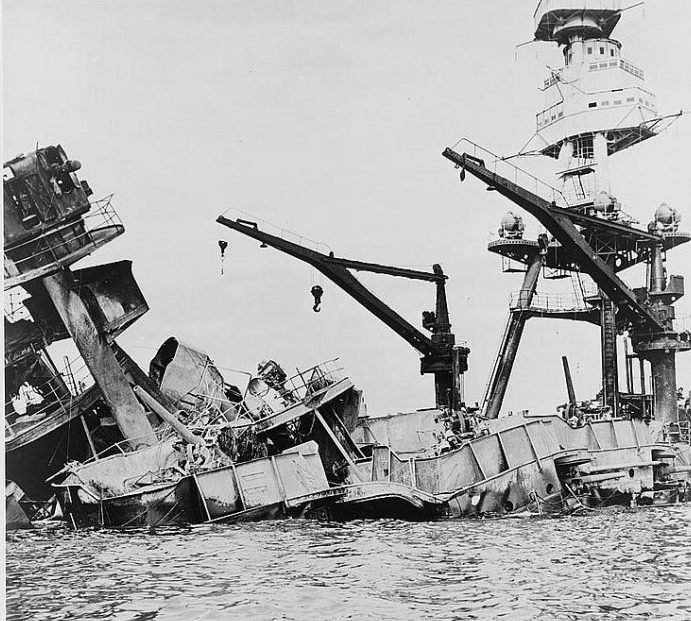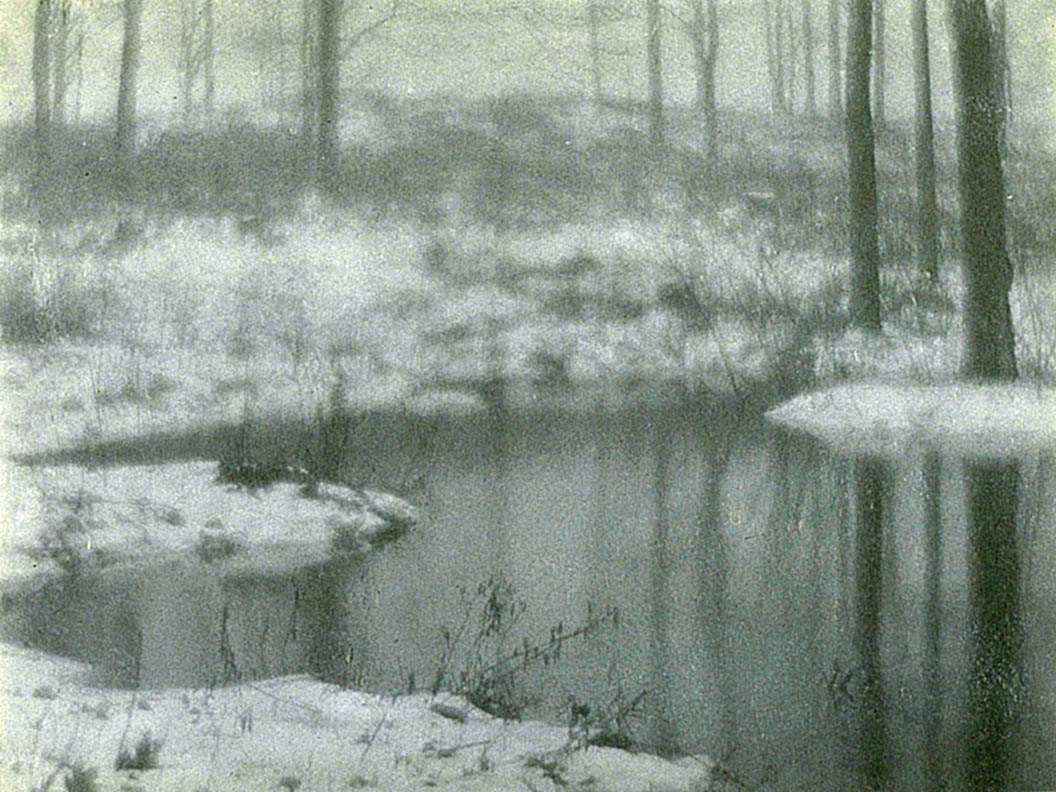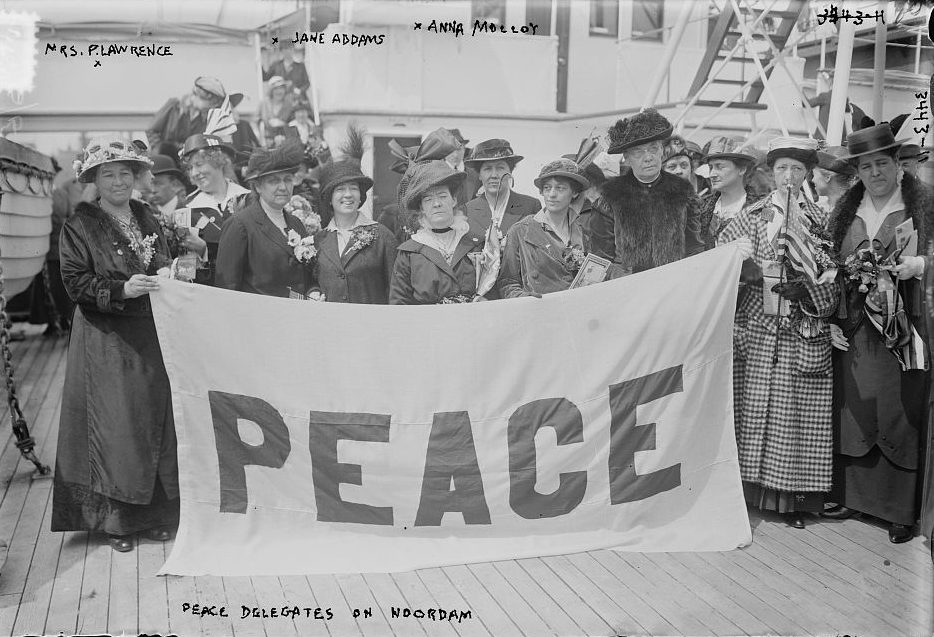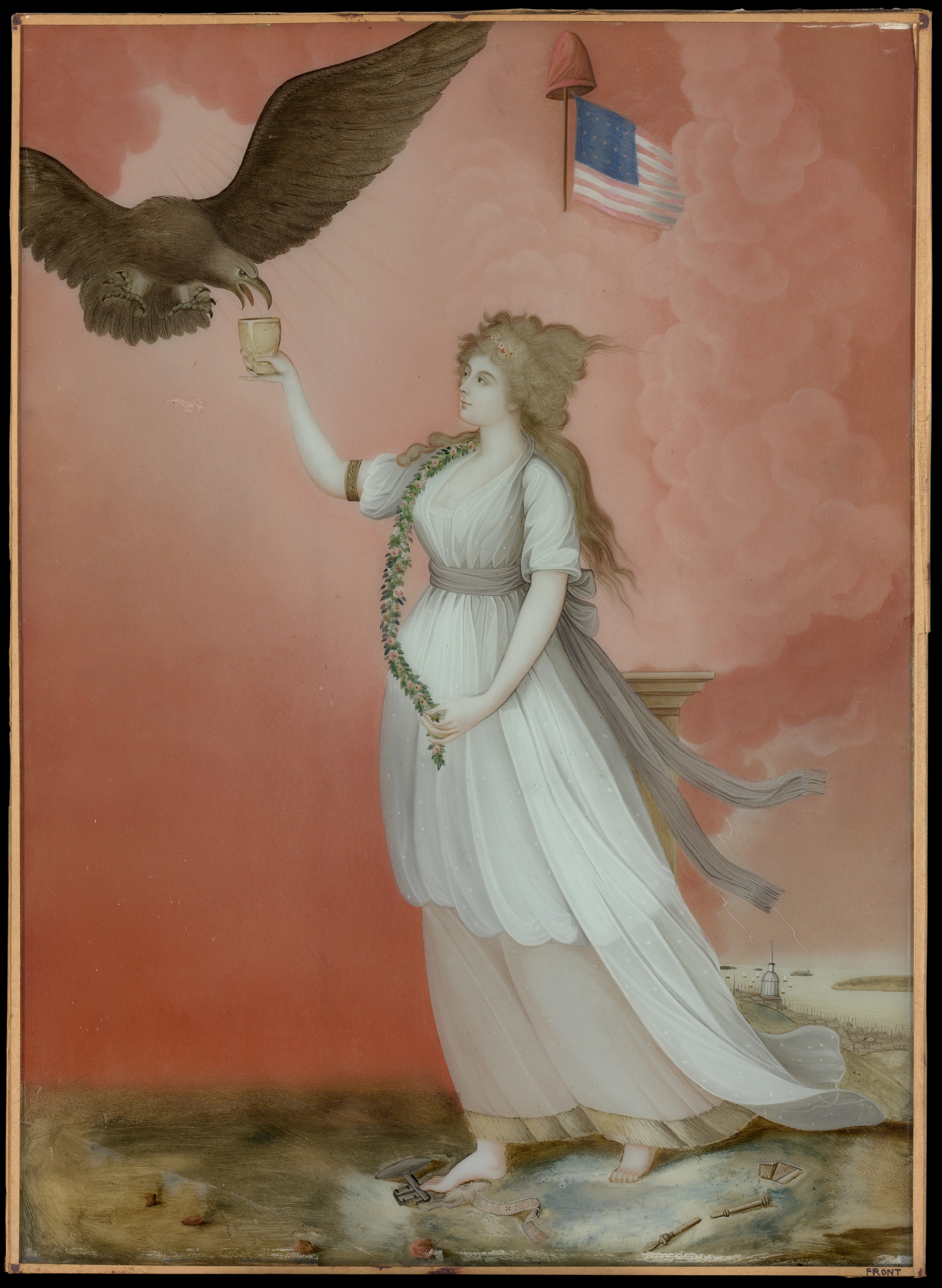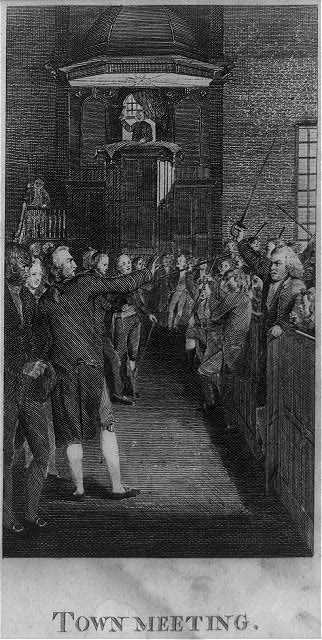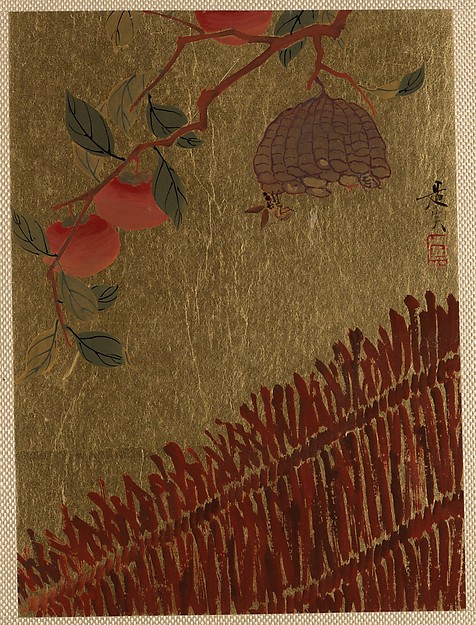Huswifery
Edward Taylor
unknown
In this poem, the Puritan pastor Edward Taylor (1642 – 1729) likens to the soul’s spiritual formation to the common activities of spinning and weaving—household chores in the undeveloped economy of colonial New England. Taylor creates an extended analogy, likening each step in the process of making cloth to a spiritual practice Christians undertake through the guidance of God. In its form, the poem is a prayer asking for God’s help in a process of spiritual transformation.
One can view the poem as written from a female perspective for female readers, showing how an ordinary Christian, performing chores needed to keep a family going, might pray her way through a busy day. Yet one can also view the female perspective of the poem as flowing from the Christian tradition (drawing on references in Paul’s letters, the Book of Revelation, and even certain parables of Jesus) that likens believers to brides wedded to Jesus Christ. Viewed in either way, the poem quietly subverts the modern stereotype of Puritan society as male-dominated.
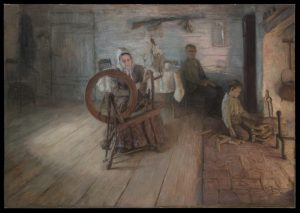
1894, Henry Ossawa Tanner. Courtesy Yale University Art Gallery, 1996.58.1.
The painting “Spinning by Firelight” by Henry Ossawa Tanner, although executed in 1894, two centuries after Taylor’s time, echoes the poet’s appreciation for women’s life-sustaining work. One sees this in the husband’s thoughtful regard of the wife, who is serenely focused on her task.
Huswifery
Make me, O Lord, Thy spinning-wheel complete.
Thy holy word my distaff [1] make for me.
Make mine affections Thy swift flyers [2] neat
And make my soul Thy holy spool [3] to be.
My conversation make to be Thy reel [4] And reel thy yarn thereon spun of Thy wheel.
Make me Thy loom then, knit therein this twine:
And make Thy Holy Spirit, Lord, wind quills [5] :
Then weave the web Thyself. Thy yarn is fine.
Thine ordinances make my fulling-mills [6] .
Then dye the same in heavenly colors choice,
All pinked [7] with varnished flowers of paradise.
Then clothe therewith mine understanding, will,
Affections, judgement, conscience, memory,
My words and actions, that their shine may fill
My ways with glory and Thee glorify.
Then mine apparel shall display before Ye
That I am clothed in holy robes for glory.
Notes
[1] The staff that holds the unspun wool, from which the thread is drawn out.
[2] Curved pieces of wood that guide the yarn as it is being wound onto the flyer whorl, which spins to add the necessary twist that strengthens the yarn.
[3] The rod or bobbin on which the spun and twisted yarn is wound.
[4] The drive band that connects the wheel to the flyer whorl. As the great wheel spins, the drive band causes the whorl to spin.
[5] A hollow reed on which the “warp” yarn was wound to manage it during the weaving process. On a loom, the vertical, “weft” yarn was first secured vertically in place; then the warp yarn was woven lengthwise through it.
[6] After cloth was woven, it was put through a washing process calling “fulling” that cleaned and shrank the fibers, making the cloth denser.
[7] Embroidered.
